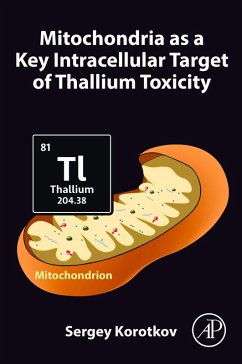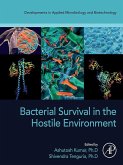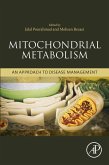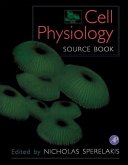Mitochondria as a Key Intracellular Target of Thallium Toxicity presents a new hypothesis that explains the decrease in antioxidant defense of thallium poisoning and proposes a new model for studying the transport of inorganic cations across the inner mitochondrial membrane. Readers will learn about the toxicity of thallium and its compounds, the toxicology of thallium, the toxic thallium effects on cells, and the effects of thallium on mitochondria. In addition, the book lists the pathways and mechanisms of thallium transport into cells and mitochondria, including information on toxicity that has been analyzed at both the cellular and subcellular levels.
The increase in human contact with the toxic trace element thallium is associated with industry development, the release of metal into the environment from various rocks, and the use of special isotope techniques for studying the vascular bed.
The increase in human contact with the toxic trace element thallium is associated with industry development, the release of metal into the environment from various rocks, and the use of special isotope techniques for studying the vascular bed.
- Highlights the differences between the toxic effect of thallium and the action of other heavy metals on cells and mitochondria
- Explains why the toxicity of thallium in experiments in vivo is higher than that of bivalent heavy metals
- Discusses the applied in vitro model when searching for new inhibitors of the mitochondrial permeability transition pore
Dieser Download kann aus rechtlichen Gründen nur mit Rechnungsadresse in A, B, BG, CY, CZ, D, DK, EW, E, FIN, F, GR, HR, H, IRL, I, LT, L, LR, M, NL, PL, P, R, S, SLO, SK ausgeliefert werden.









